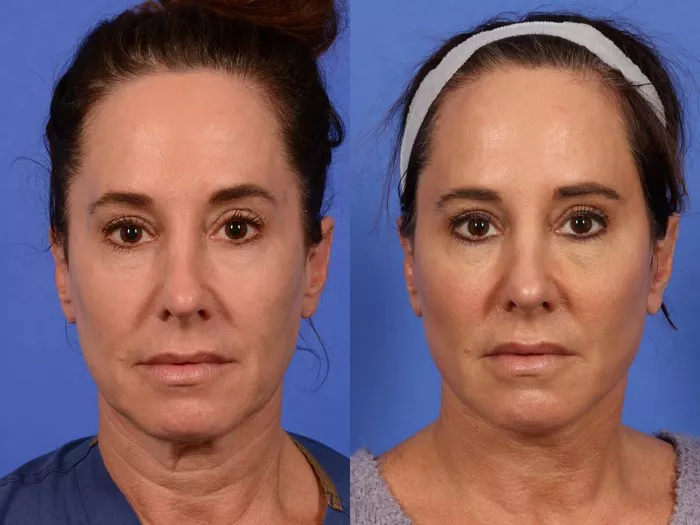If you’ve recently undergone a facelift, it’s essential to take care of yourself and your body during the recovery process. Proper nutrition is an important aspect of recovery, as it can help promote healing and reduce inflammation. In this article, we’ll explore what to eat after a facelift to aid in the healing process.
Why is Nutrition Important After a Facelift?
A facelift is a surgical procedure that involves cutting and repositioning skin and tissues on the face to create a more youthful appearance. The procedure can be invasive, and proper nutrition is essential for healing and recovery.
Eating a healthy diet after a facelift can help:
- Promote tissue repair and regeneration
- Reduce swelling and inflammation
- Boost the immune system
- Control pain and discomfort
- Speed up the healing process
What to Eat After a Facelift
-
Protein-rich foods
Protein is essential for tissue repair and regeneration, making it critical for post-surgical recovery. Good sources of protein include lean meats, poultry, fish, eggs, dairy products, beans, nuts, and seeds.
-
Fruits and Vegetables
Fruits and vegetables are rich in vitamins, minerals, and antioxidants that can help promote healing and reduce inflammation. Foods to include in your diet should be high in vitamin C, such as citrus fruits, berries, kiwi, tomatoes, bell peppers, spinach, and broccoli.
-
Whole Grains
Whole grains are a great source of fiber, which can help regulate digestion and reduce constipation – a common side effect of pain medication after surgery. Good sources of whole grains include brown rice, quinoa, whole-wheat bread, and pasta.
-
Healthy Fats
Healthy fats, such as those found in nuts, seeds, avocados, and fatty fish, can help reduce inflammation and promote healing. They are also essential for overall health and wellbeing.
-
Water
Water is essential for hydration, which is critical for tissue repair and regeneration after surgery. Drinking plenty of water can also help reduce swelling and inflammation.
Foods to Avoid After a Facelift
-
Salty foods
Salty foods can contribute to water retention and swelling, which can prolong the recovery process. It’s crucial to limit your intake of salty foods such as processed snacks, canned foods, and fast food.
-
Alcohol
Alcohol can interfere with the healing process and increase the risk of bruising and bleeding. It’s best to avoid alcohol for at least two weeks after surgery.
-
Caffeine
Caffeine can increase blood pressure, which can lead to more swelling and slower healing. It’s best to avoid caffeine for at least two weeks after surgery.
-
Sugary Foods and Drinks
Sugary foods and drinks can cause inflammation and slow down the healing process. It’s important to limit your intake of sugary foods and drinks during the recovery period.
-
Spicy Foods
Spicy foods can cause discomfort and irritation in the mouth and throat, which can be especially uncomfortable after surgery. It’s best to avoid spicy foods for at least two weeks after surgery.
Tips for Eating After a Facelift
-
Eat Small Meals Frequently
Eating small meals frequently throughout the day can help regulate digestion and prevent bloating and constipation.
-
Chew Food Thoroughly
Chewing food thoroughly can help aid digestion and prevent discomfort or pain in the mouth and throat.
-
Avoid Straws
Using straws can create negative pressure in the mouth and throat, which can cause discomfort or even disrupt the incision site.
-
Follow Your Surgeon’s Instructions
Your surgeon may have specific dietary instructions or restrictions to follow during the recovery period. Following these instructions carefully can help promote healing and reduce the risk of complications.
Conclusion
Eating a healthy and balanced diet is crucial for recovery after a facelift. It’s important to include protein-rich foods, fruits and vegetables, whole grains, healthy fats, and plenty of water. However, it’s equally essential to avoid salty and sugary foods, alcohol, caffeine, and spicy foods during the recovery period.
Remember to eat small meals frequently, chew food thoroughly, avoid using straws, and follow your surgeon’s instructions carefully. By doing so, you can promote healing, reduce inflammation, and speed up the recovery process, leading to a more successful and satisfying outcome.


